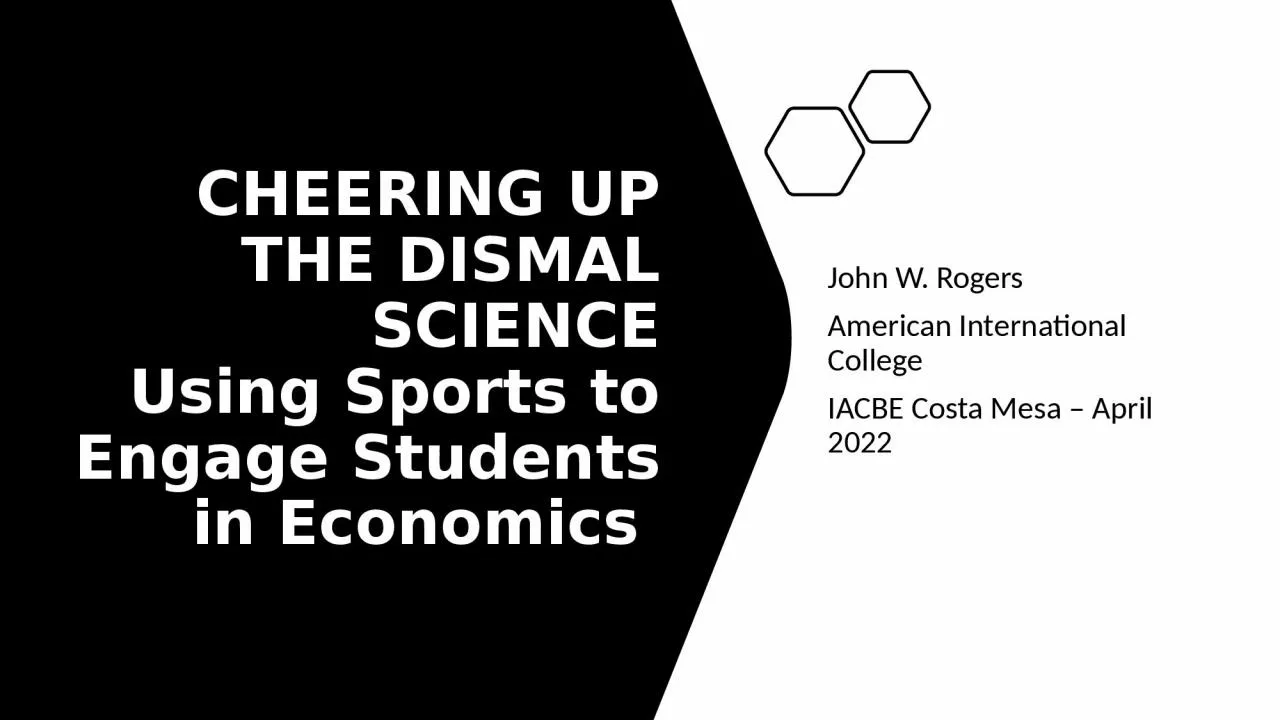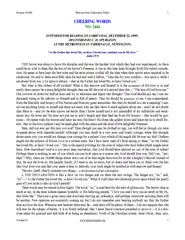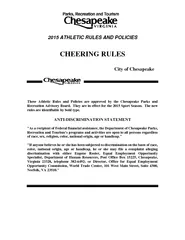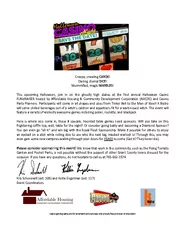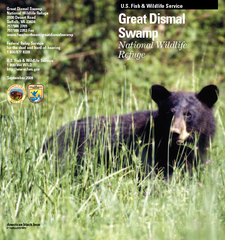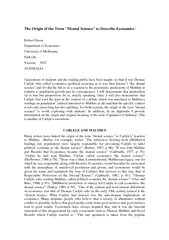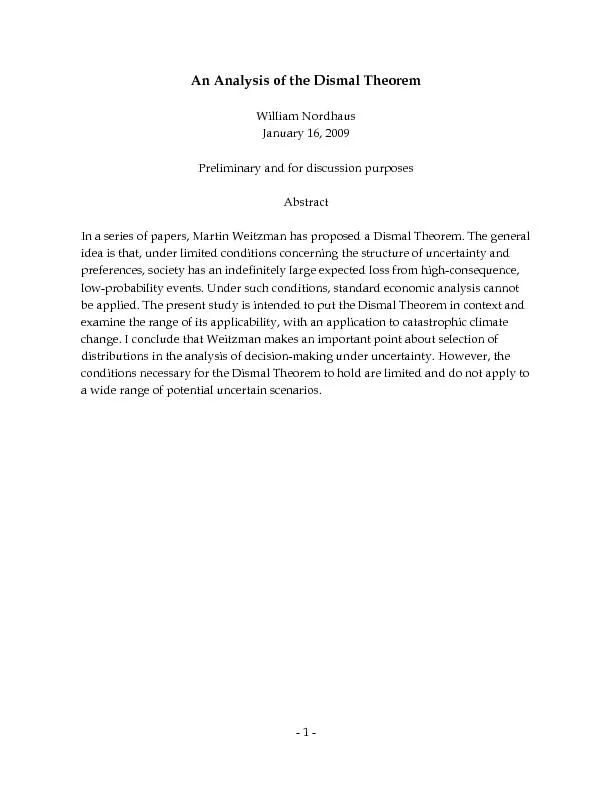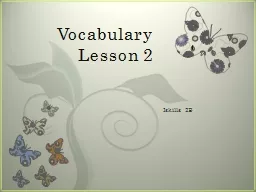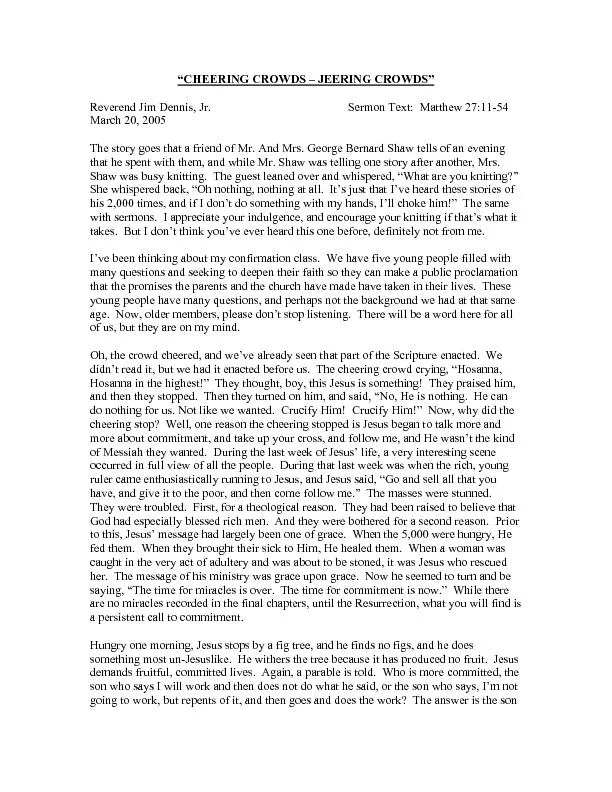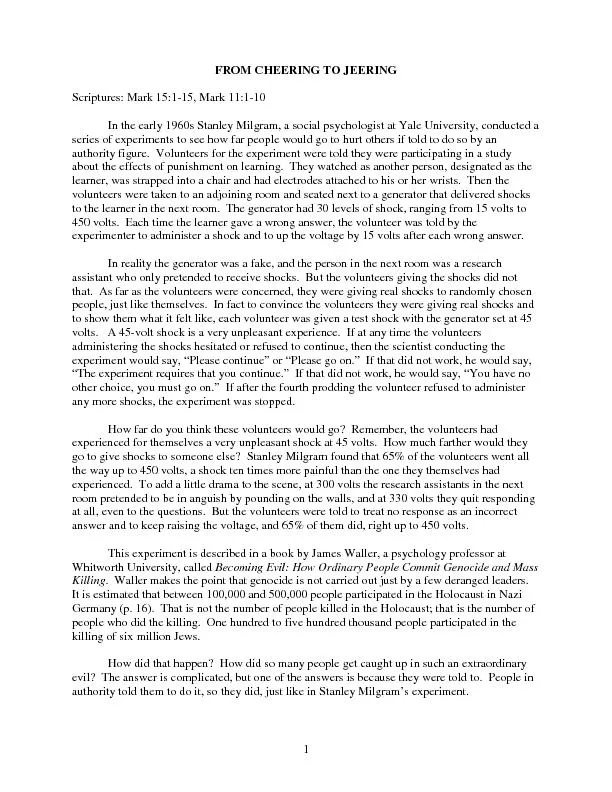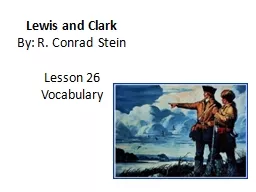PPT-CHEERING UP THE DISMAL SCIENCE
Author : eloise | Published Date : 2024-01-03
Using Sports to Engage Students in Economics John W Rogers American International College IACBE Costa Mesa April 2022 Why is Economics sooo boring Economics
Presentation Embed Code
Download Presentation
Download Presentation The PPT/PDF document "CHEERING UP THE DISMAL SCIENCE" is the property of its rightful owner. Permission is granted to download and print the materials on this website for personal, non-commercial use only, and to display it on your personal computer provided you do not modify the materials and that you retain all copyright notices contained in the materials. By downloading content from our website, you accept the terms of this agreement.
CHEERING UP THE DISMAL SCIENCE: Transcript
Download Rules Of Document
"CHEERING UP THE DISMAL SCIENCE"The content belongs to its owner. You may download and print it for personal use, without modification, and keep all copyright notices. By downloading, you agree to these terms.
Related Documents

